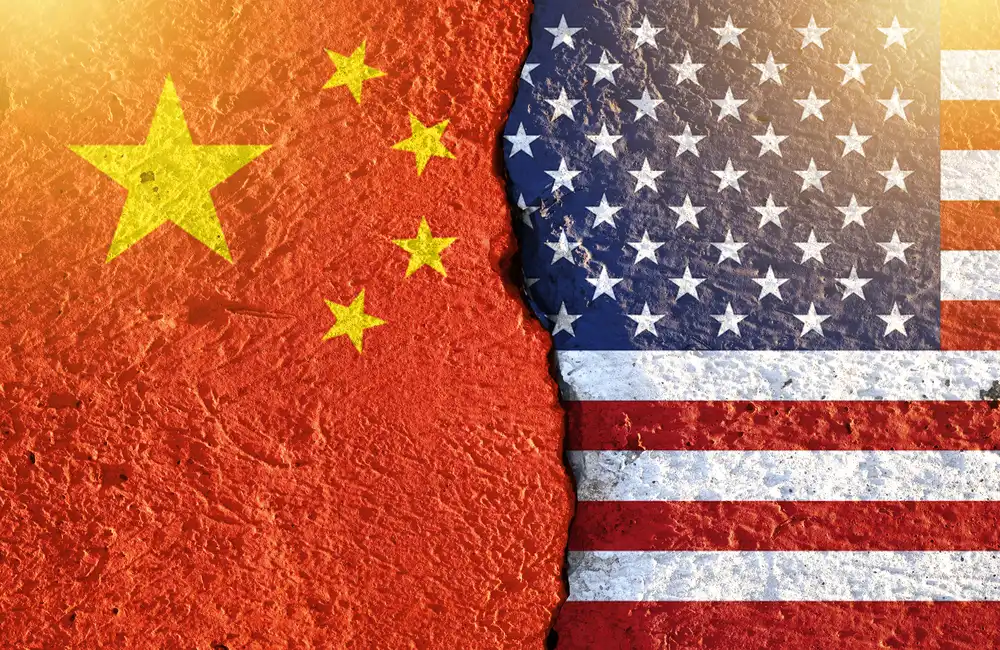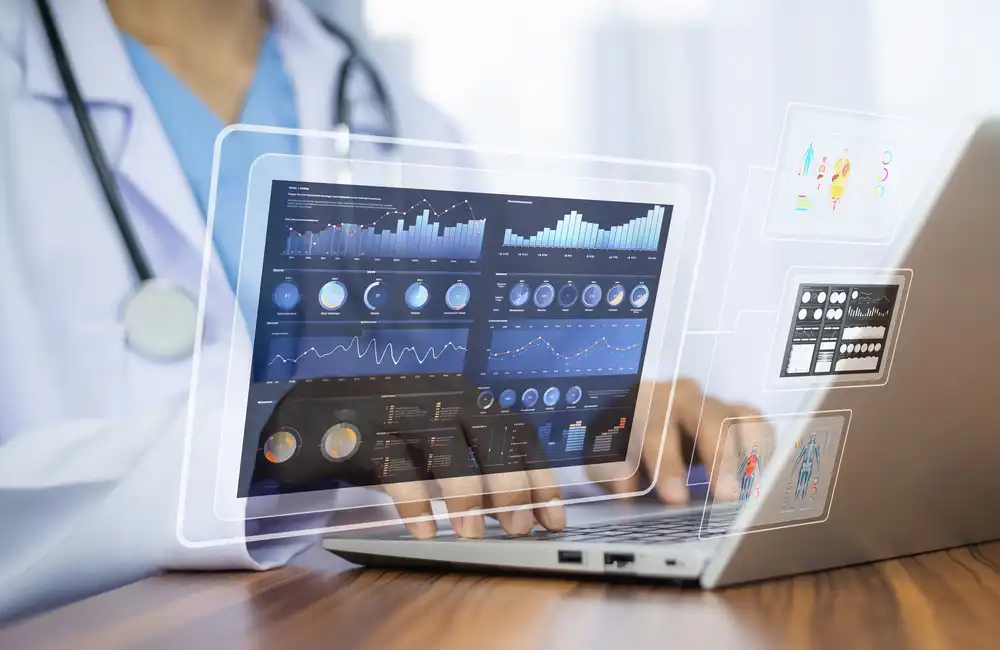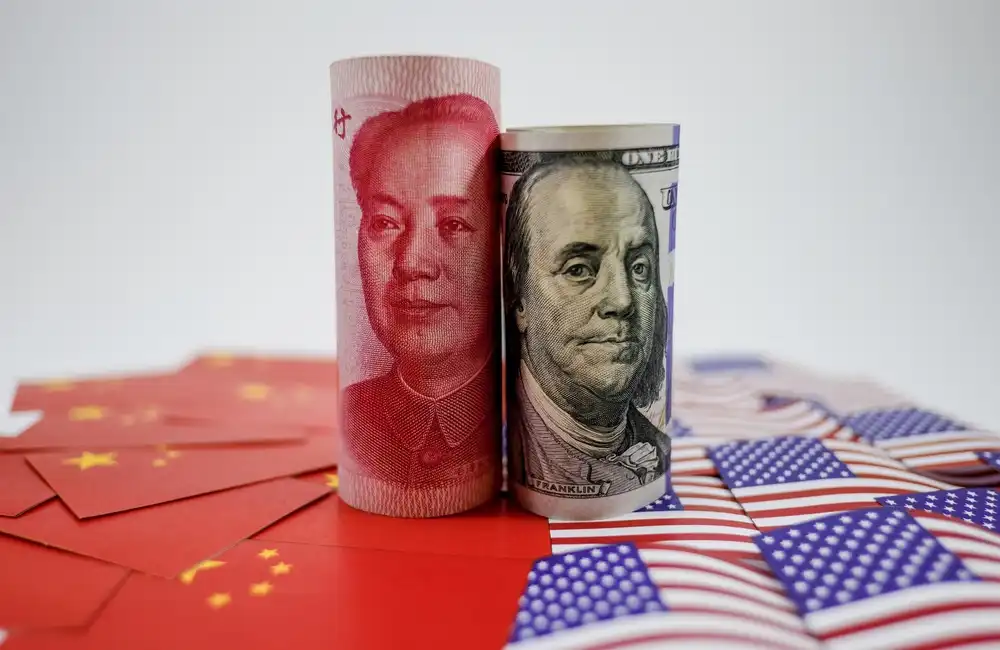Discussions surrounding the evolving US-China trade relationship continue to take centre stage in global economic conversations.
These two superpowers, holding the world’s largest economies, steer global markets with every shift in their trade talks.
A Brief Recap of US-China Trade Relations
The relationship evolved from early-2000s cooperation to a 2018–19 trade war marked by steep tariffs on each other’s goods.
Phase One in 2020 eased tensions but pandemic and geopolitical strains have added new complexities.
The Current State of Negotiations
1. Technology & Intellectual Property
The US demands safeguards against forced tech transfers while China pursues digital sovereignty.
2. Trade Imbalances & Market Access
US exports underperformed Phase One targets, and China guards key industries like semiconductors and EVs.
3. Tariff Reductions
Both sides acknowledge the need to ease lingering tariffs but lack broad commitments.
4. Geostrategic Tensions
Issues from the South China Sea to ‘de-risking’ policies complicate trade discussions.
Implications for Global Trade & Supply Chains
Uncertainty drives volatility. Firms are diversifying production to regions like Southeast Asia and India.
Commodities—from agriculture to energy—remain sensitive to policy tweaks.
Long-Term Scenarios
Optimistically, mutual tariff cuts could spur green-energy collaboration; pessimistically, accelerated decoupling risks long-term fragmentation.
New partnerships outside the US-China sphere may emerge as industries seek stability.
Advice for Businesses & Investors
Diversify Supply Chains
Reduce geographic dependencies to boost resilience against policy shifts.
Understand Trade Regulations
Stay updated on tariffs and sanctions to inform strategic decisions.
Explore Other Markets
Seek emerging economies and regional trade blocs for growth avenues.
Maintain Flexibility
Be ready to pivot operations and investments as negotiations evolve.
Looking Ahead
While major obstacles remain, collaboration on climate, health and infrastructure could rebuild trust.
Monitoring these talks is essential for navigating the complex global economy.






















